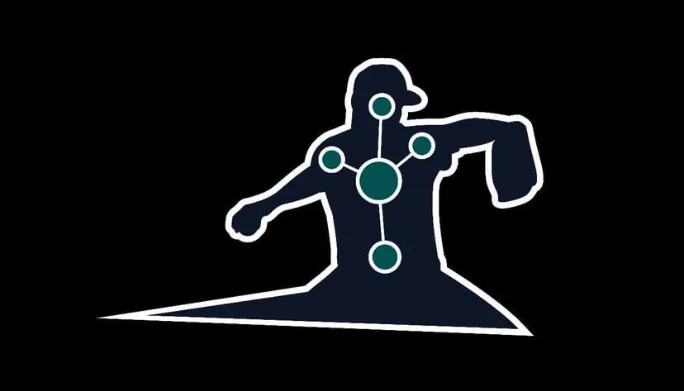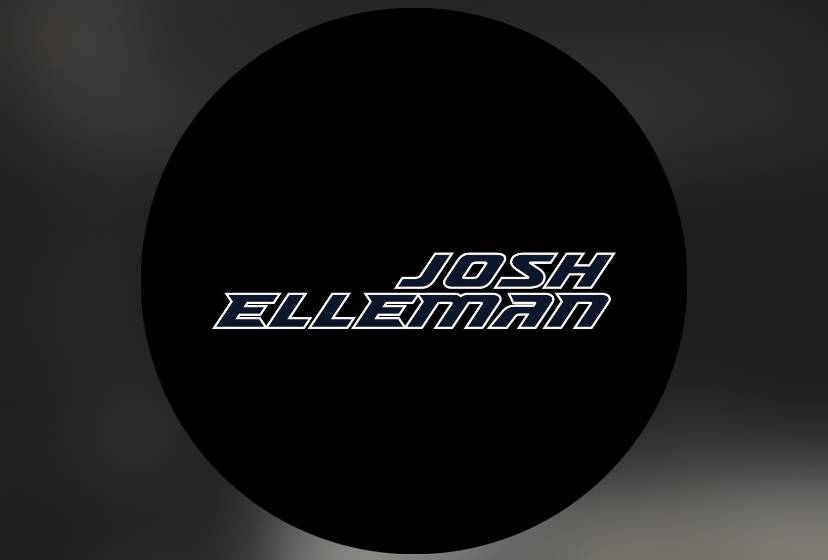Right now you are watching a race. Who are the two competitors you ask? Well, one is a rib cage and the other is a pair of shoulder blades. You wonder to yourself, “Who’s in the lead?” The answer to this made up silly question could also be the answer to your arm pain. Before we answer the question let’s take a step away from our anatomical conundrum for a moment. What’s the most common strategy to help a thrower with their shoulder or elbow?
Scapular work! Everyone loves their I, T, Y, W’s. Great idea because when you look at most overhead athletes and people in general they don’t have much muscular development in their back. There is a problem with this approach though. The answer to the above question is that the rib cage always wins the race.
The rib cage is in the lead and absolutely smoking the shoulder blades. Why is that a problem? Well, if the rib cage is too ahead of the shoulder blades then the shoulder blades have nothing to rest on. If the shoulder blade doesn’t rest on the rib cage it doesn’t matter how many I, T, Y, W’s you do. There will still not be enough space in your shoulder joint for the ball to rotate. Incongruence! Enter the Serratus Anterior. The Serratus is a great muscle which helps our shoulder blades catch up to the rib cage. It allows for better joint mechanics and actual loading of the scapular muscles during those coveted I, T, Y, W’s. Raise your hand if you care about muscles. Not many people care about the Serratus Anterior unless you are a bodybuilder. The Serratus Anterior is my favorite “Arm Care” muscle and always will be, because along with the thoracic diaphragm it sets the stage for all other “Arm Care” muscles to function.
Here is my recommendation: Consider doing some reaching before the retracting. Set the stage before inviting aboard the cast and crew. You will find that you get much more out of your scap (I, T, Y, W) exercises when they are performed after reaching (Serratus Anterior) exercises. I really like crawling variations and wall slide variations for the Serratus Anterior as well as anything that incorporates a reach with a full exhale to bring along that thoracic diaphragm.

Josh Elleman, AT, ATC, CSCS, PRT
Josh Elleman is a strength coach who specializes in helping elite baseball players and athletes improve their performance and optimize their movement.



